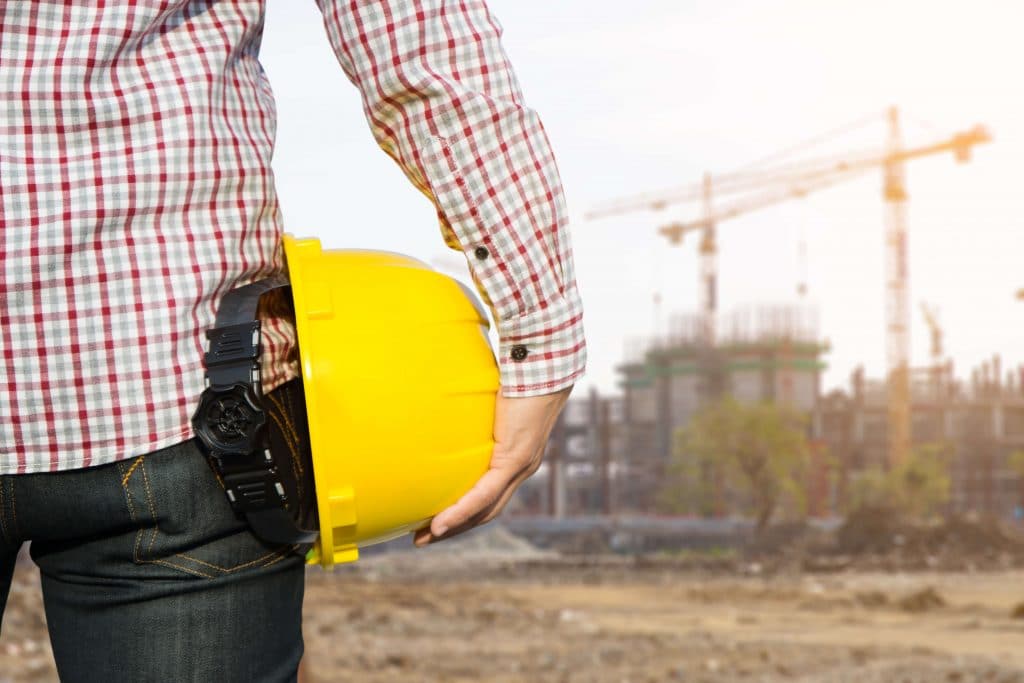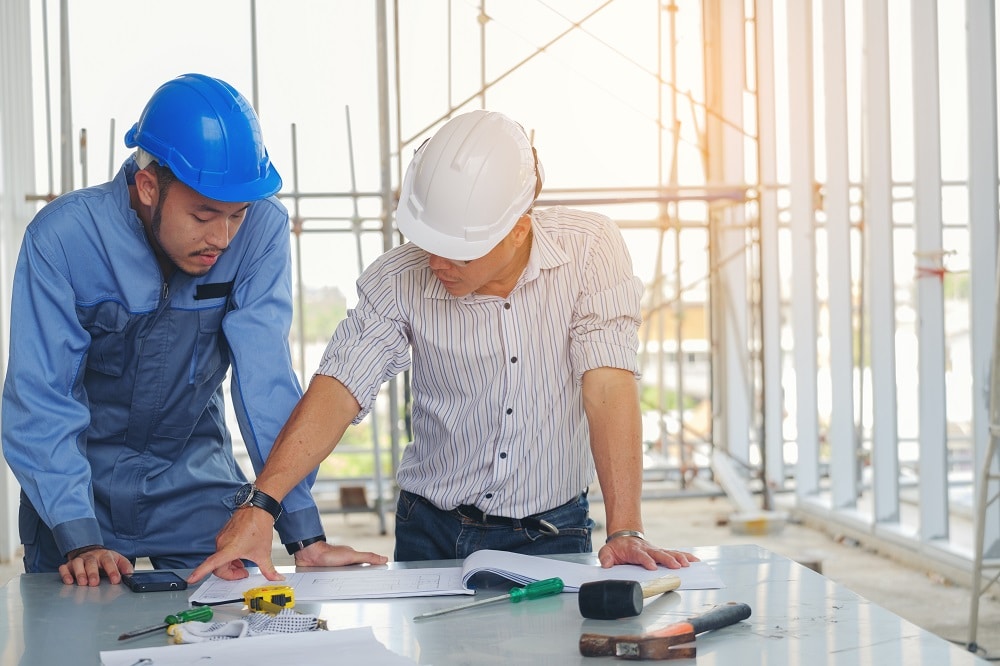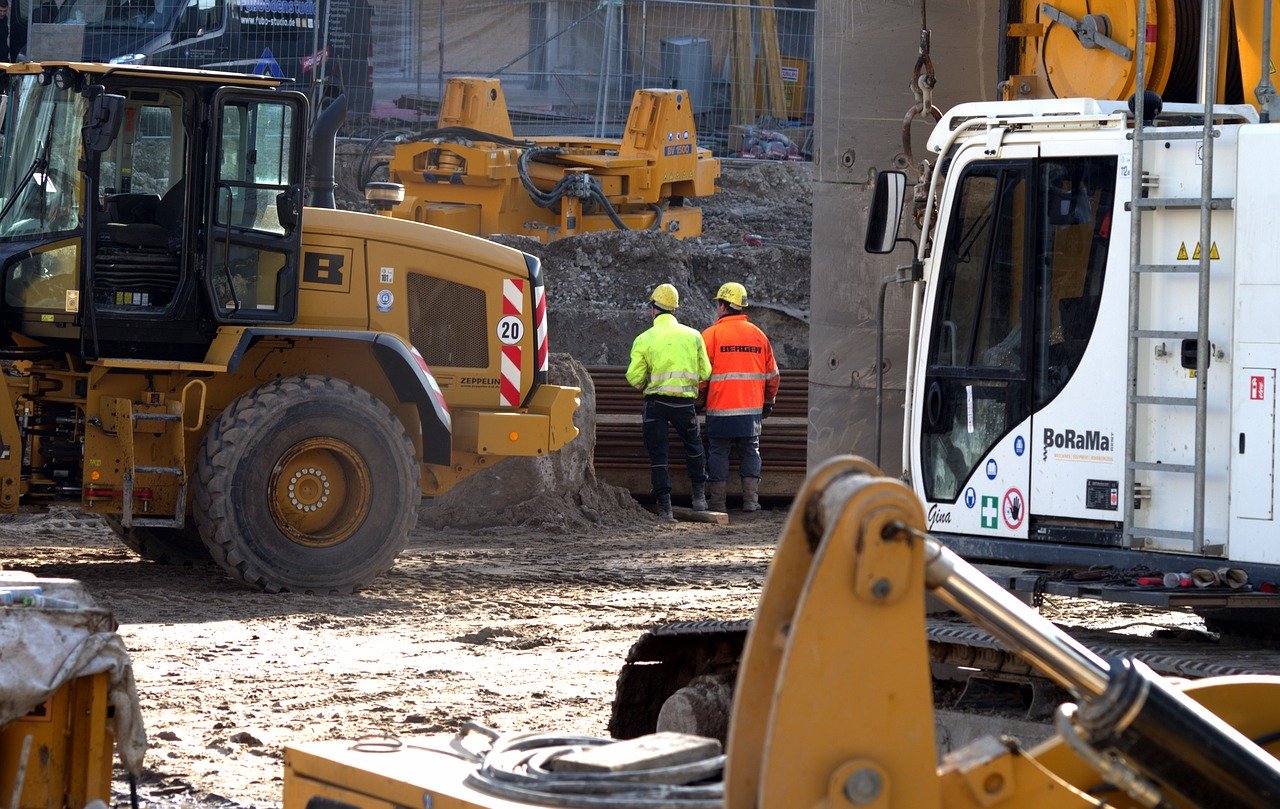Within the construction industry, there are many different tools and pieces of equipment that are used every single day. While you can use some of these things as a substitute for a job on occasion, nothing works better than the item that you should be using to do the job at hand. However, sometimes the jobs are moving at such a fast pace that you may forget which type of construction lift you should be using, or which tool is best for the job. Therefore, let’s do a brief reminder of what types of construction lifts are available for the jobs that you do.
The Main Types of Construction Lifts
Industrial Forklifts
An industrial forklift is often used to lift items up vertically and this piece of equipment is perfect for moving materials from one location to another. While these forklifts are normally seen in warehouses, it is likely that you will use them inside a building for finishing touches. It is important to note that these machines can reach between ten and fifteen feet and can carry heavy loads if necessary.
Rough Terrain Forklifts
All those outdoor projects that you have in construction are made a lot easier with rough terrain forklifts. These machines can reach heights of up to fifty-five feet and while they often lift things vertically, you can move things up and forward too. A rough terrain forklift is perfect for when you need to move materials across long distances over challenging terrain. The best part about these machines is that you can move the fork pieces closer together or further apart, so you always have excellent support for the items you are moving around.
Telescopic Forklifts
A telescopic forklift can make moving items around tricky locations much easier, because they can move things up and forward at the same time if necessary. This type of forklift can reach heights of up to twenty-one feet and they can travel quickly over rough terrain if necessary. In fact, this is one of the top choices when it comes to moving materials around outdoor construction sites, because it won’t get stuck in the mud or on the rocks and it can travel longer distances without anything wobbling or falling off.
Electric Scissor Lifts
This scissor lift offers a wider platform that is supported by numerous cross-brace supports. This piece of equipment moves up and down, which is normally not a problem as long as you can place this machine directly underneath where you want to be. However, that does limit what you can use the electric scissor lift for. An entire team of people can stand on this lift, as it raises you all up to where you need to be. While you can use this for almost anything up higher, it is normally used for installing or cleaning windows, installing cladding, and even making repairs on the outside of a building.
Rough Terrain Scissor Lifts
Sometimes an electric scissor lift is not going to get the job done, especially if you are doing work on challenging terrain outside. The rough terrain scissor lift has tires that offer more stability as you are traveling to the destination where you will be using it. You will still need a flat surface to use this scissor lift outside, but at least you won’t get stuck trying to get there!
Cherry Pickers
Cherry pickers are also called aerial lifts or bucket trucks and they can only be used outside. The reason for this is that the arm and the bucket are on the top of a truck that needs to be driven to where you will be using it. Most of the time, cherry pickers are used to reach utility lines, but they can come in handy for maintenance and remodeling work on a building.
Articulating Boom Lifts
Articulating boom lifts are helpful in the construction industry, because the base of the arm can rotate a full three hundred and sixty degrees. As for the arm, it can bend in a couple different ways, so you can always get to where you need to be when you are working. These lifts are usually used for electrical or piping repairs, but they can also be used for maintenance projects of any kind and to clean the exterior of a building.
Telescopic Boom Lifts
A telescopic boom lift is similar to the boom lift mentioned above, but this machine has a straight arm on top of the rotating base. This boom lift will only hold one person at a time, which can cause problems if you have a two-person job that needs to be completed. However, they are excellent for all those one-person jobs that are higher up than where a regular boom lift can reach.
Safety Measures to Take When Using Construction Lifts
Using any type of construction lift will make your job much easier, but you must be careful when using any of these pieces of equipment. If you are not paying attention to what you are doing, or are using the machine improperly, you can easily become injured or injure someone else.
First, you, and everyone else who will be using the construction lifts, should undergo extensive training on how to use each of the individual construction lifts. Some of the training should be done in a classroom setting, while the rest should be completed as hands-on so you can see how each piece of equipment works firsthand. A few topics that should be covered in the training sessions include hazard identifications, safety measures, and safety features.
You should always be aware of your surroundings when you are using any type of construction lifts, so you do not touch live wires or hit another worker who is in the area. You should also make sure that there are no other pieces of equipment, or vehicles, in the way.
You may not be aware that there is a right and a wrong way to get into every type of construction lift and that doing it the wrong way can cause an injury that will sideline you for days or weeks. You should never carry anything in your hands as you are getting in or out of the lift and you should never jump to get to the ground.
It is also important to make sure that the lift is off before you get on or off and take the keys with you to prevent anyone else from using it without permission.
Before you use any construction lift, you should visually inspect it each time. The tires and tracks should be in excellent condition and the fluid levels should always be full. Any cracks or damage should be reported and repaired before you use the lift.
When you follow the safety guidelines when using any type of construction lift, you should have no problems at all doing your job. It may be tempting to take shortcuts on occasion, but those few seconds that you save may cost you a lot more time later on.



